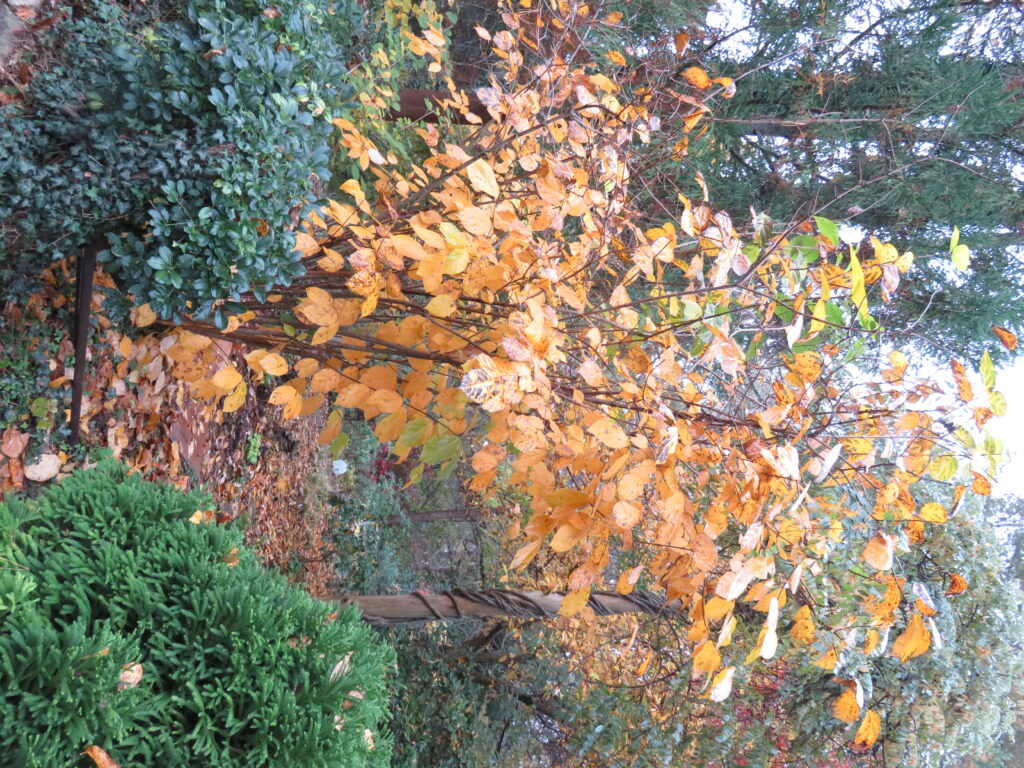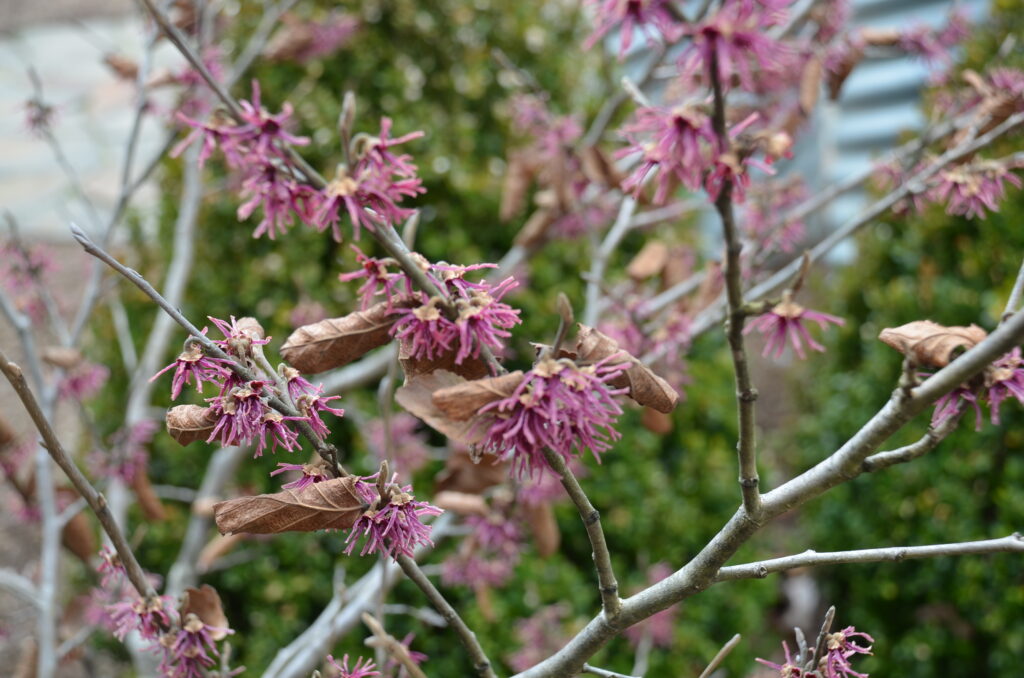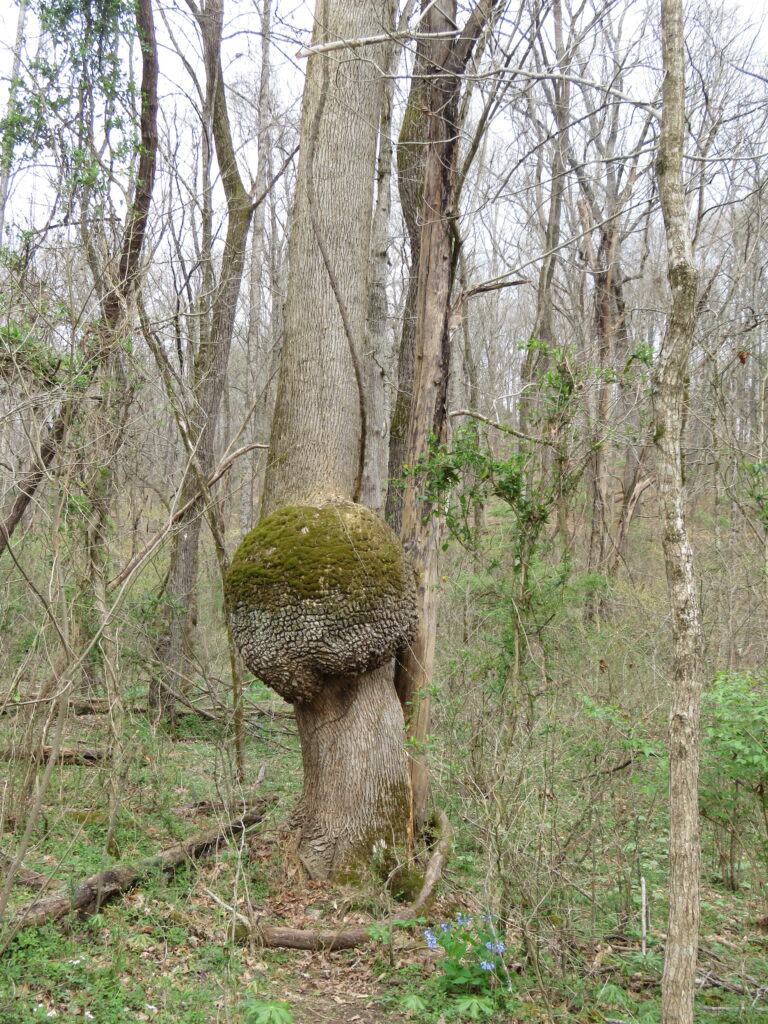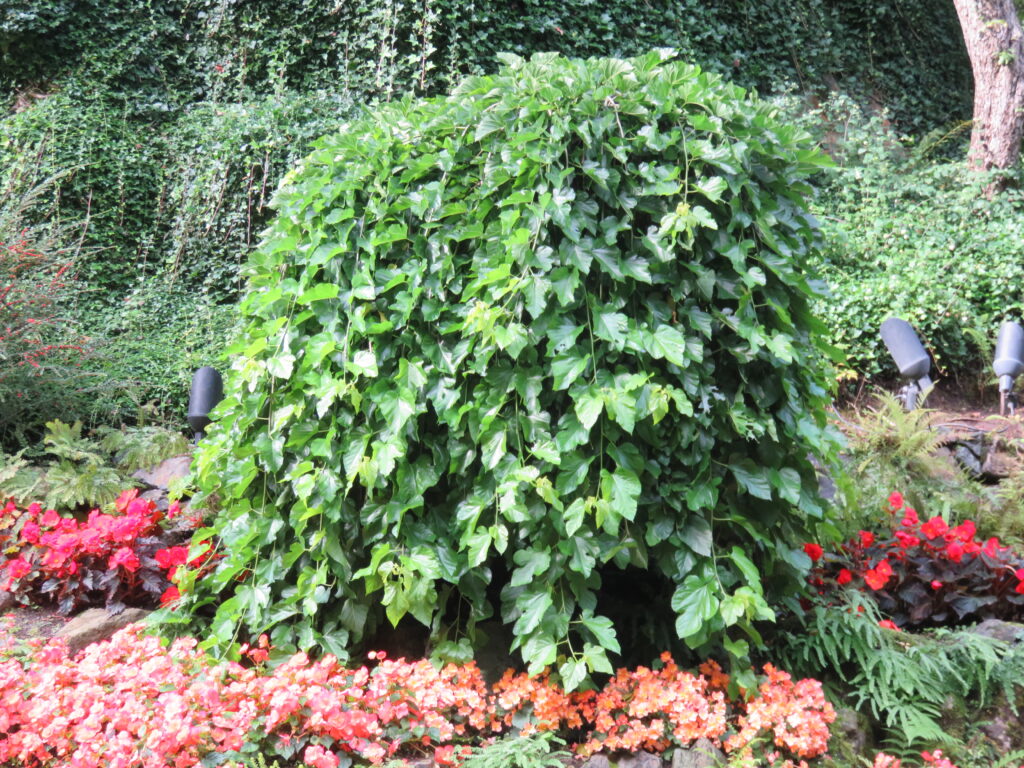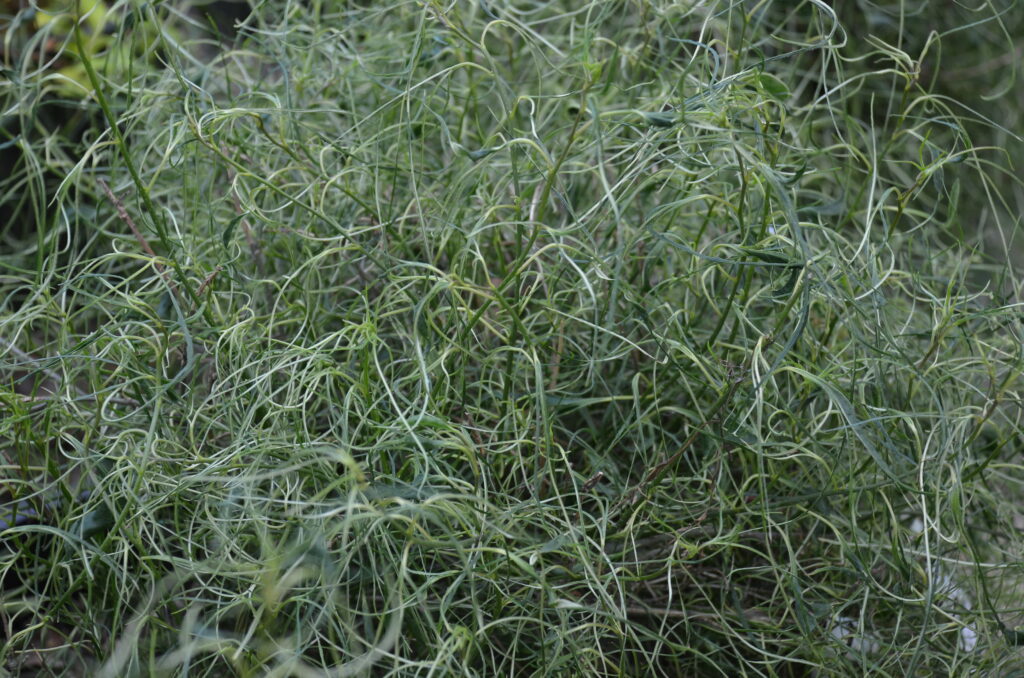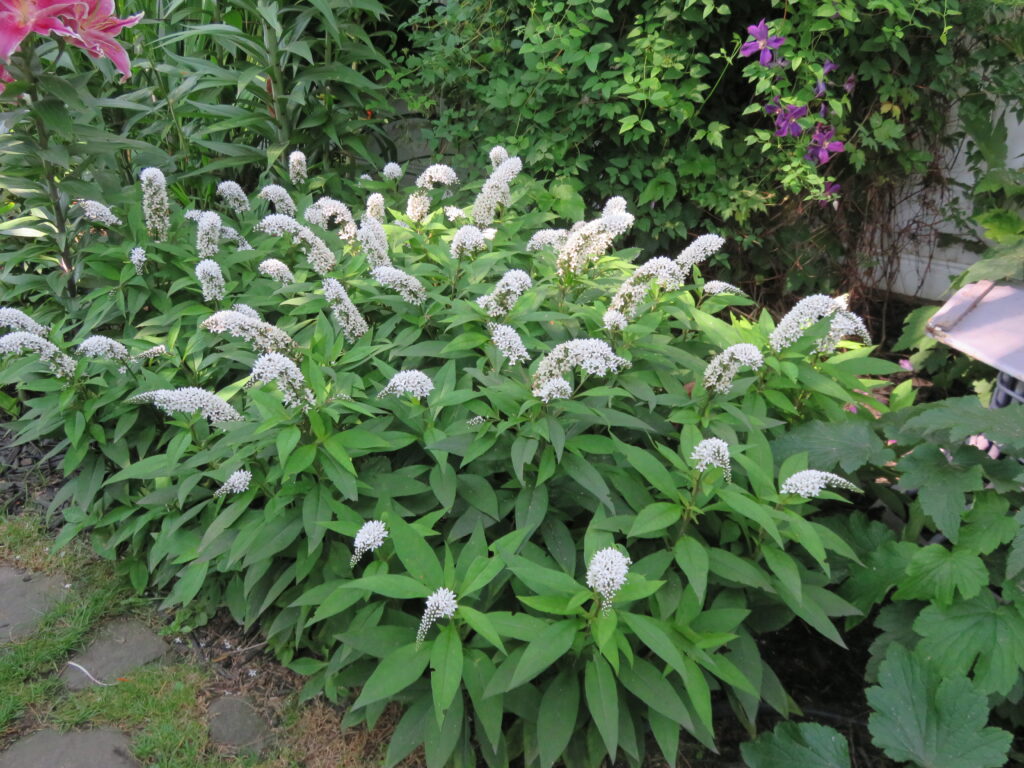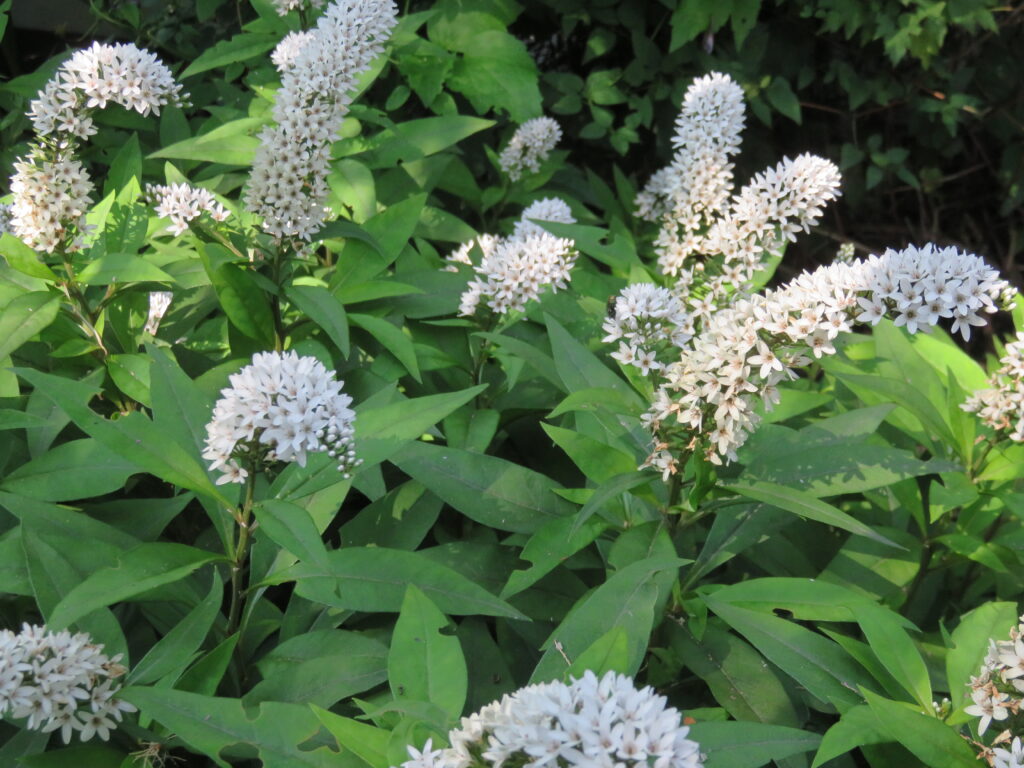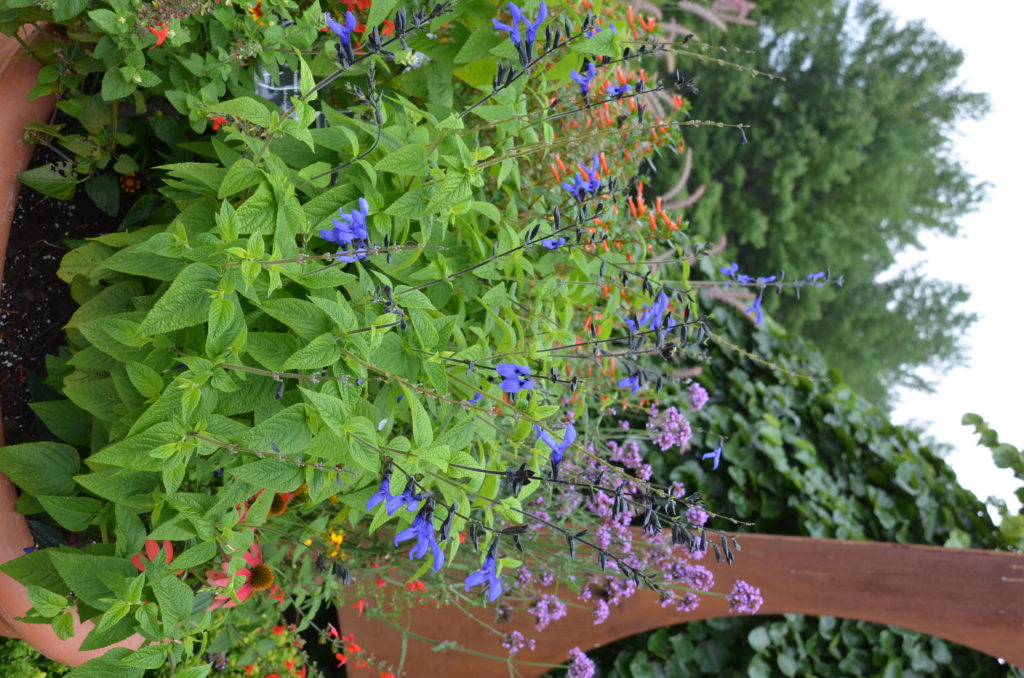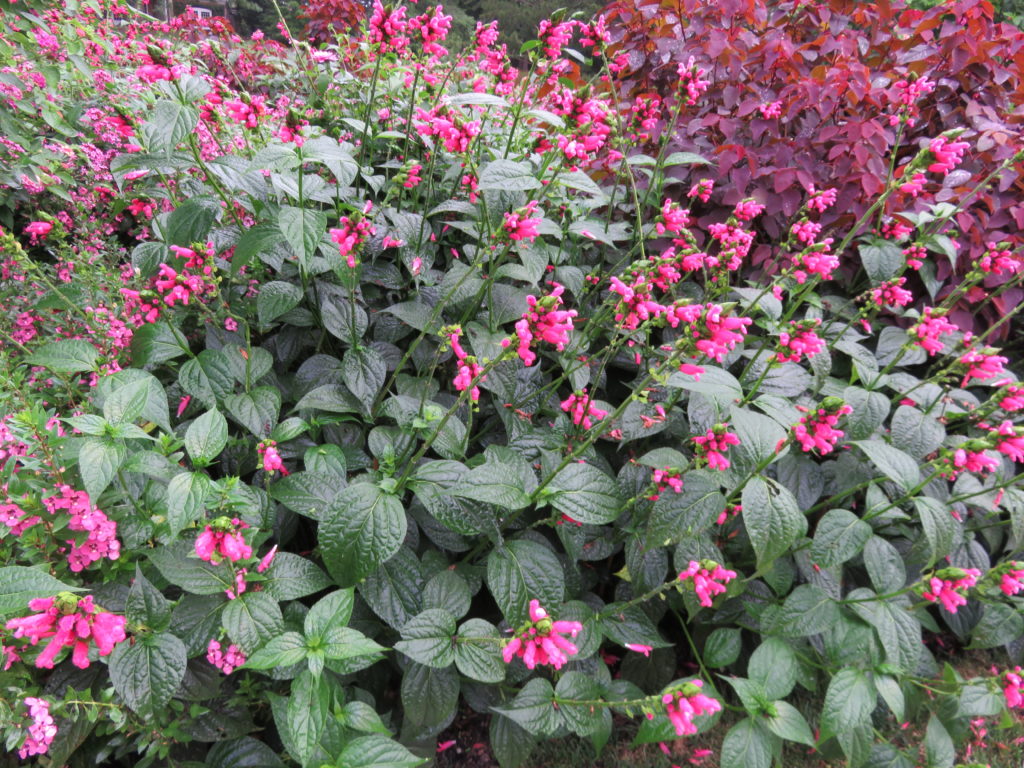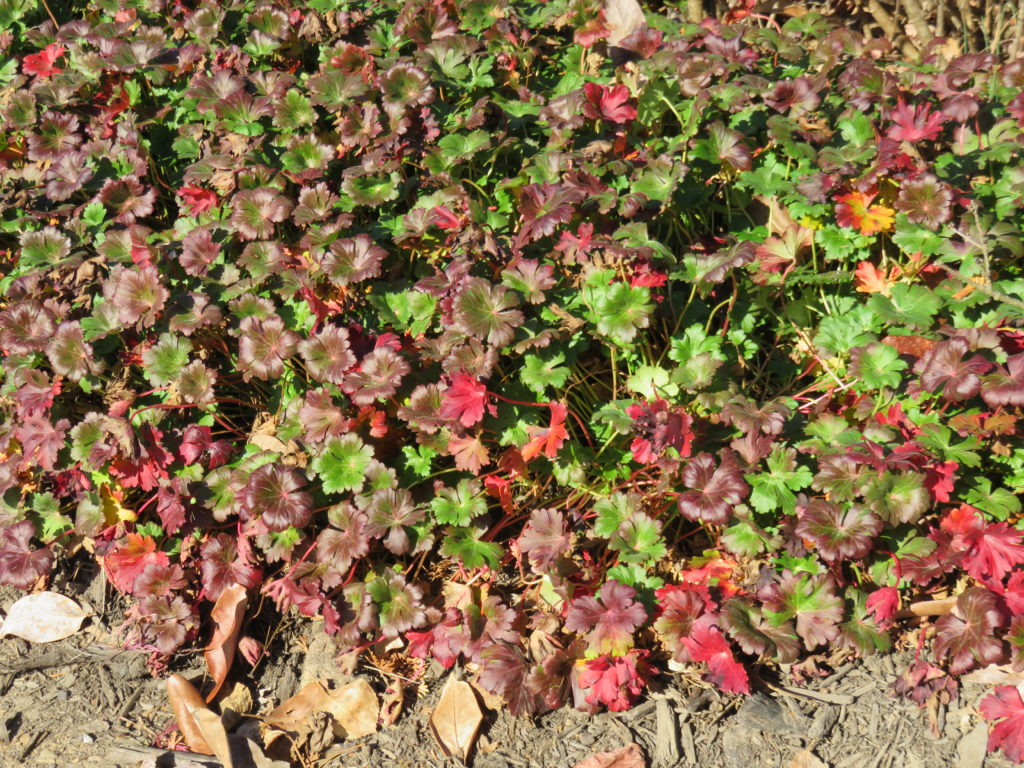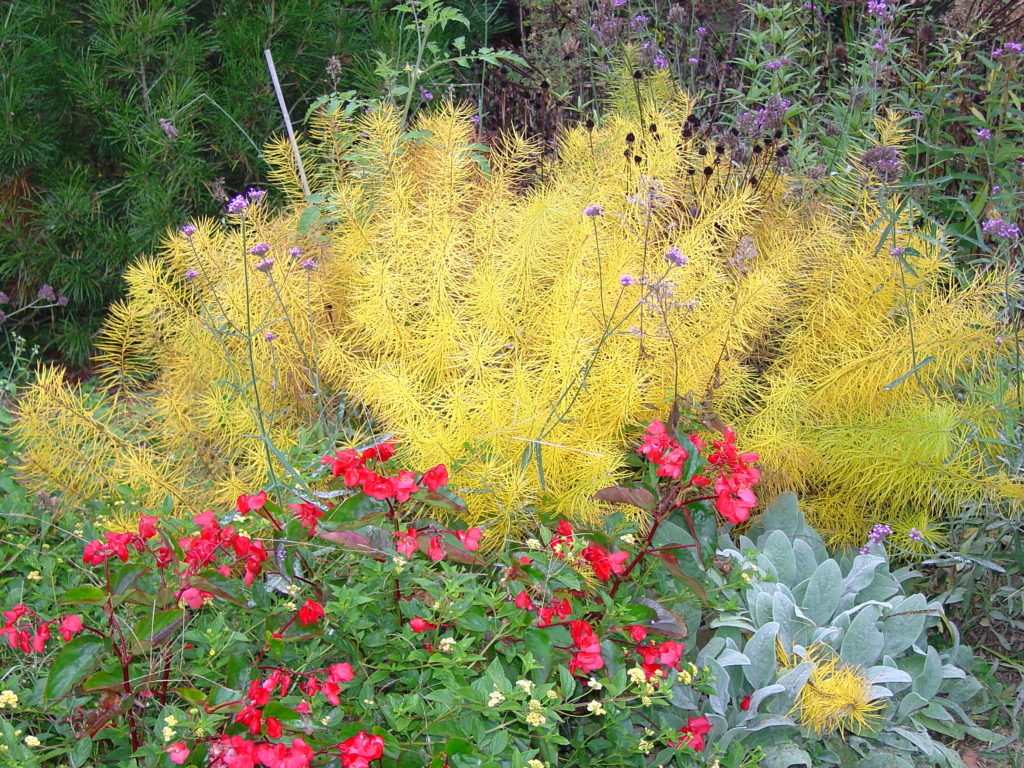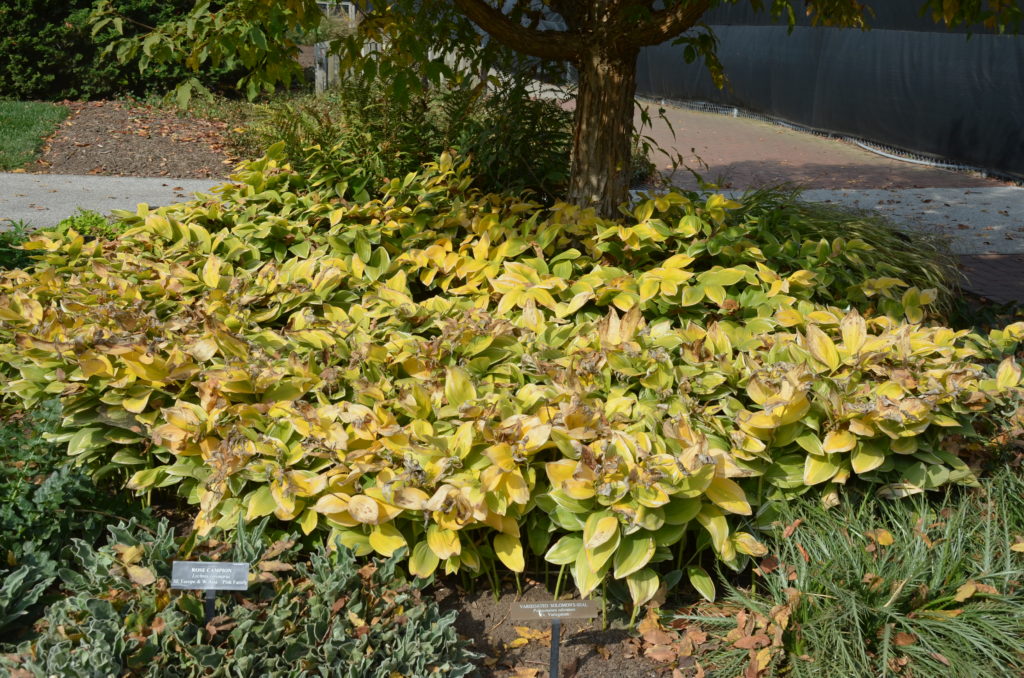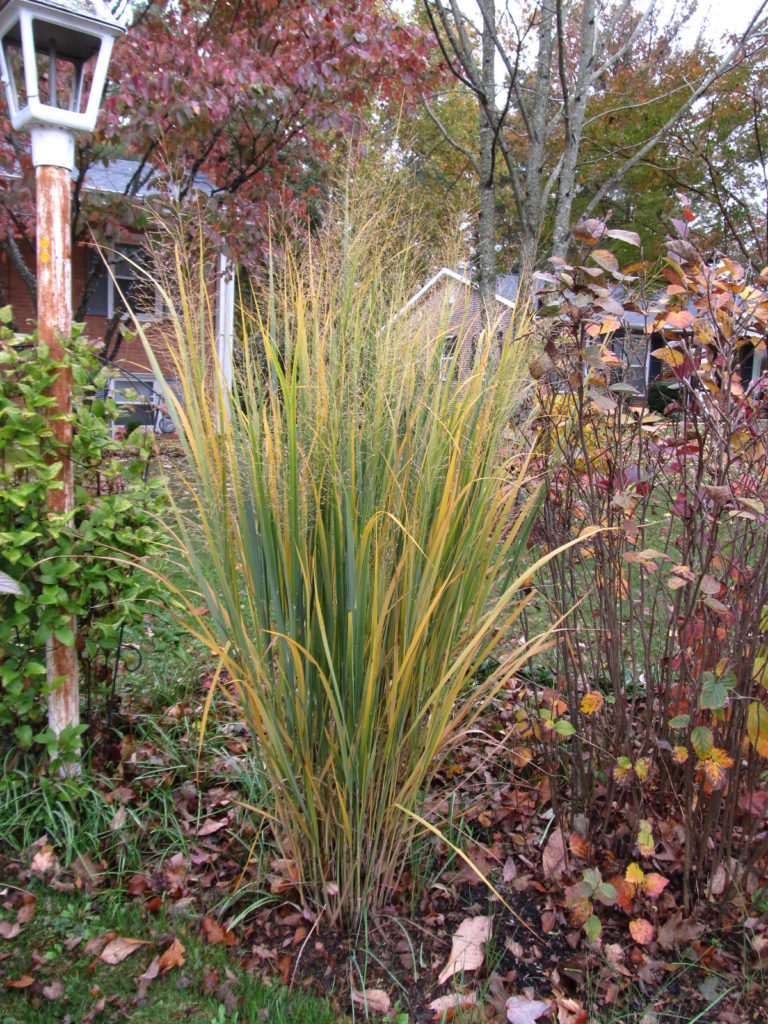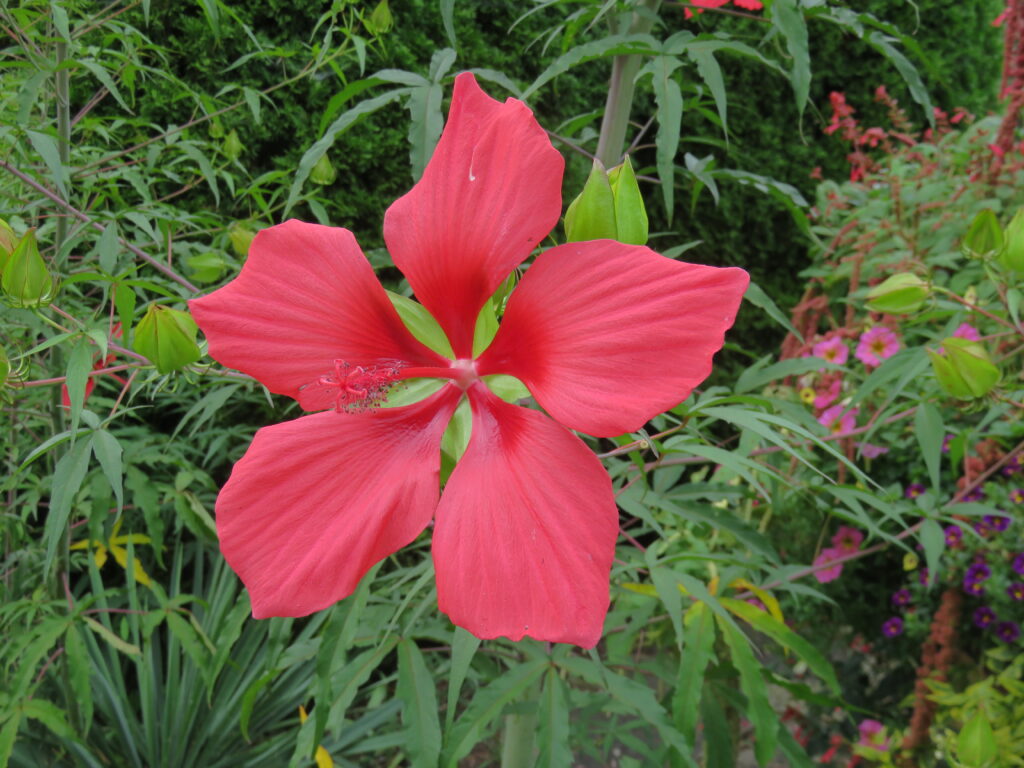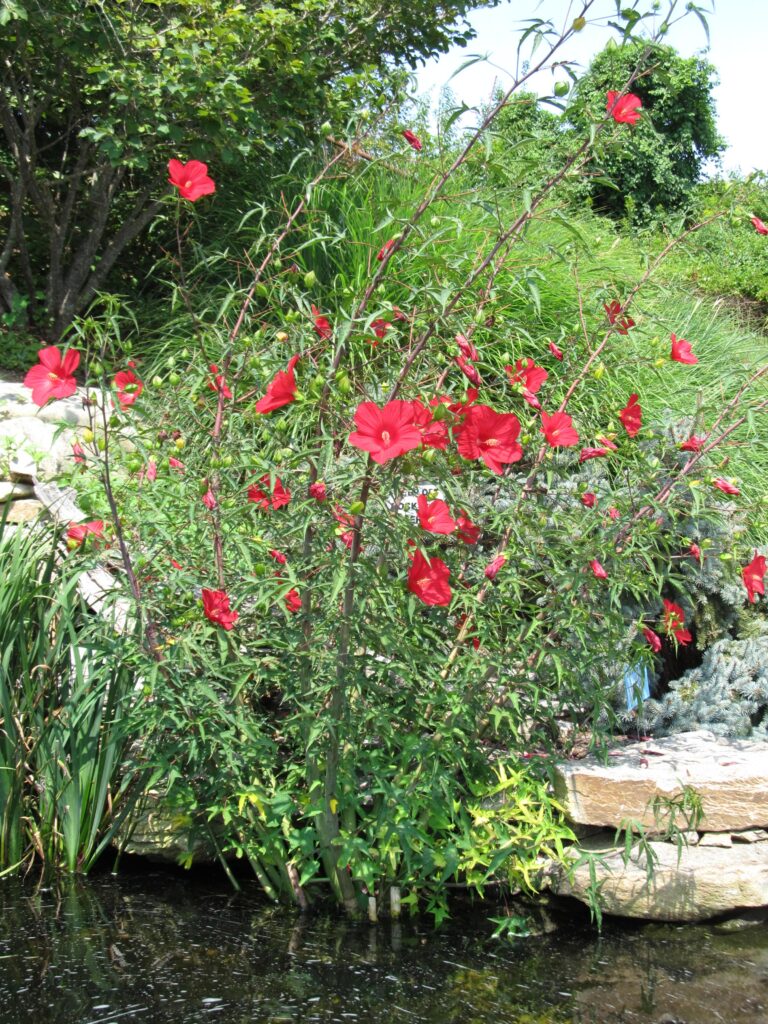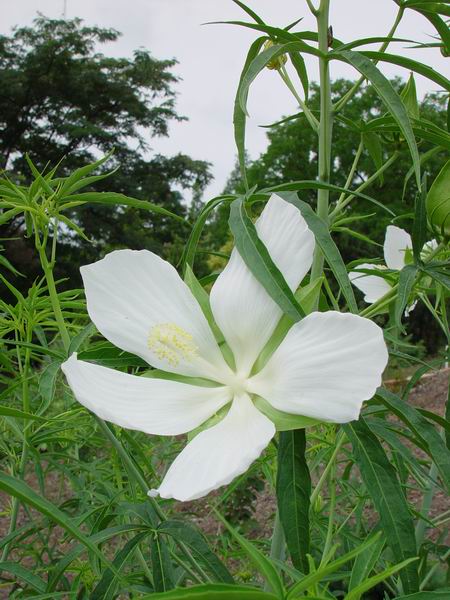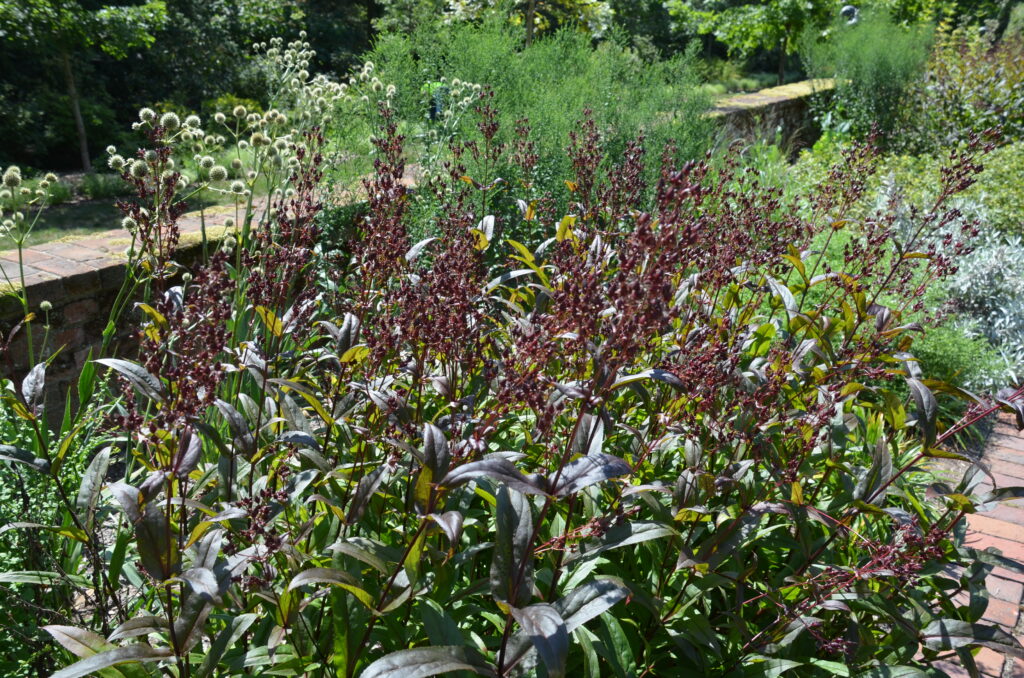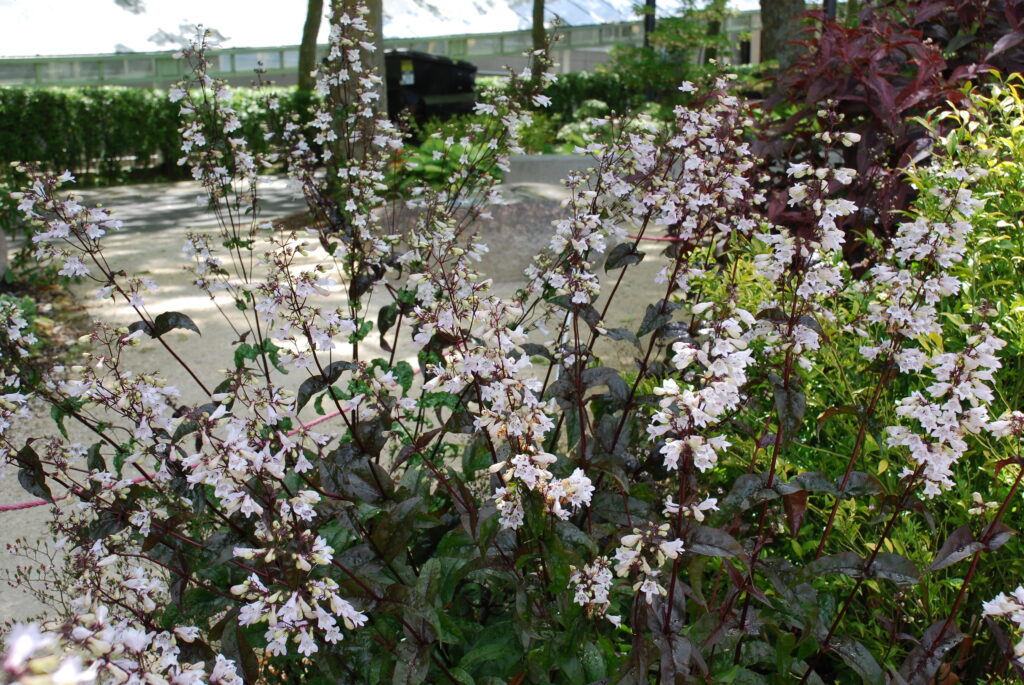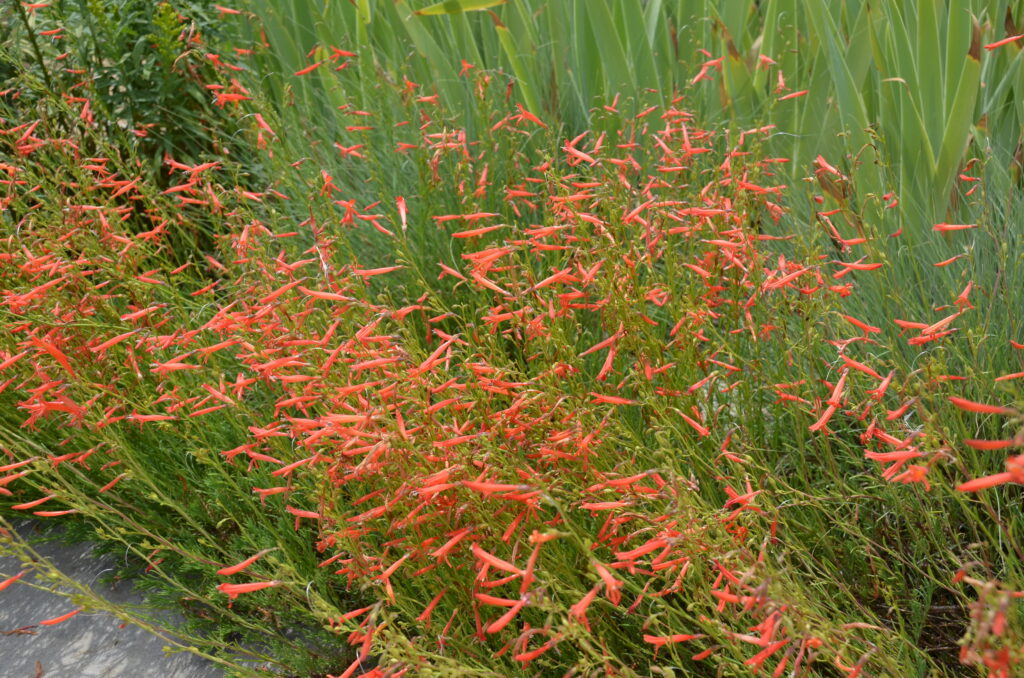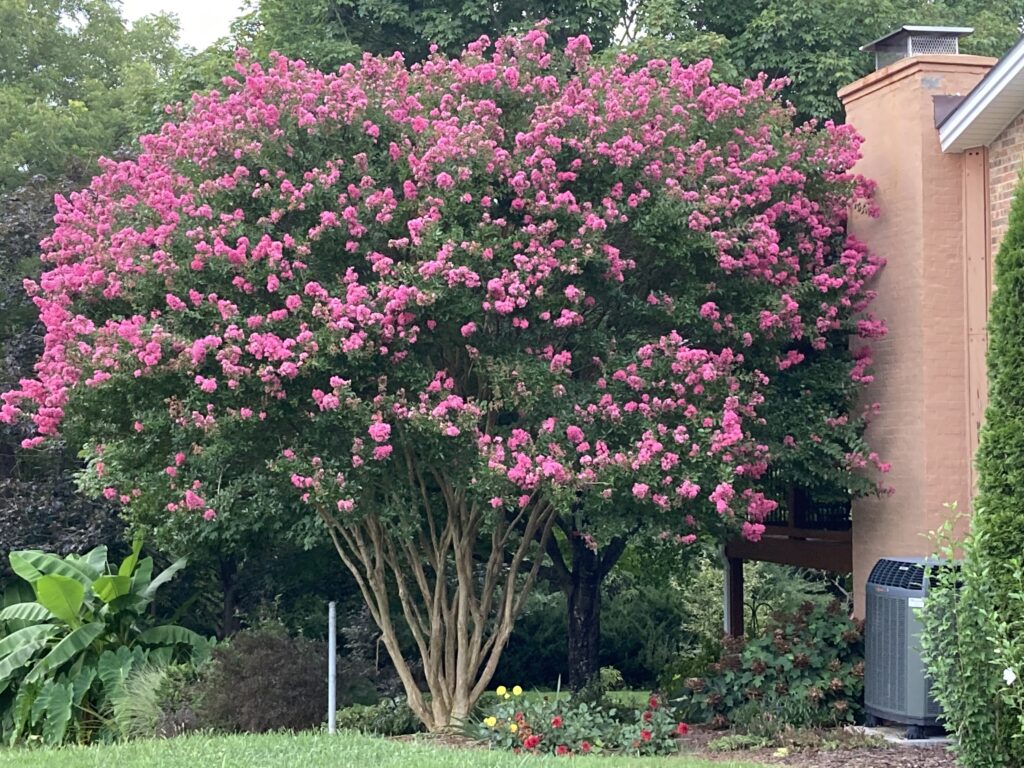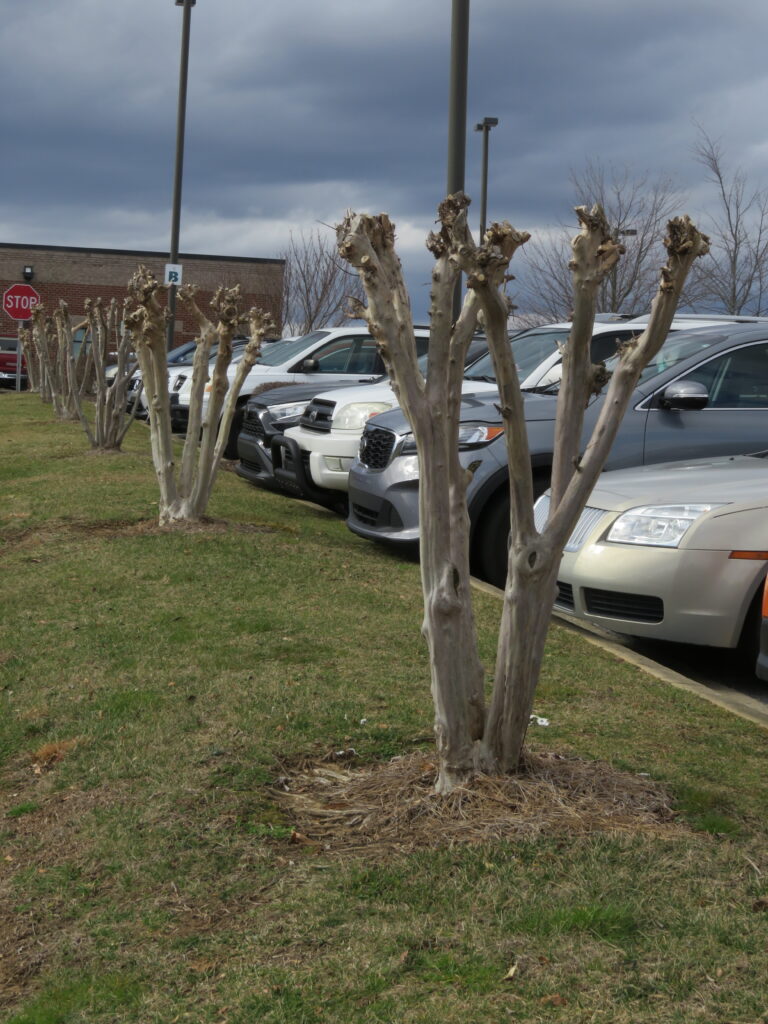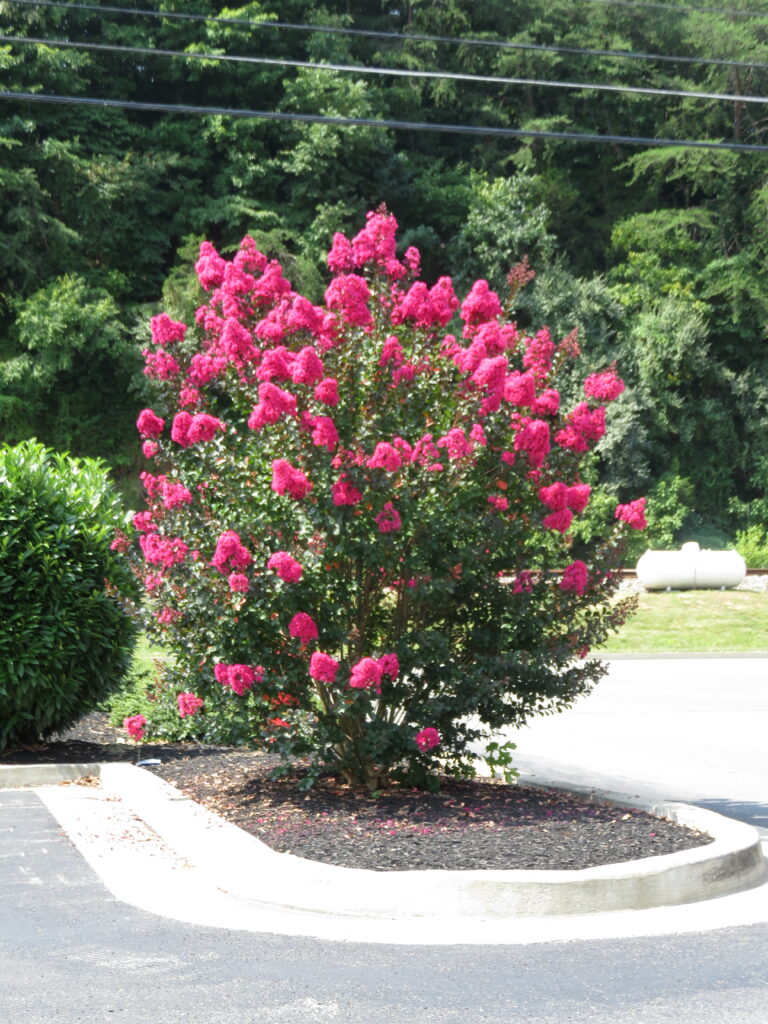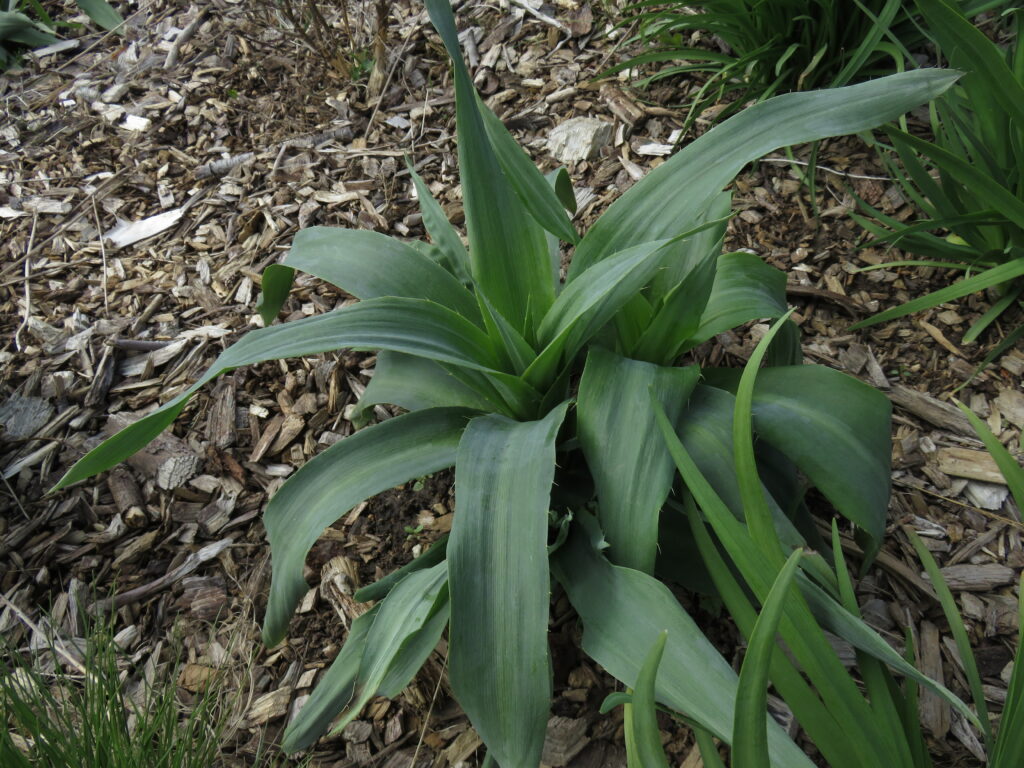
Rattlesnake master (Eryngium yuccifolium) is mostly at home in a hot sunny prairie environment in the Southeast and Midwest (USDA hardiness 3-8). Its spiny nature gives it a desert spiny yucca-like appearance. Some Indian groups were known to brew the plant’s roots as an antidote to rattlesnake venom. Some native peoples also used the dried flower stalks as ceremonial rattles. No, the plant does not attract rattlesnakes.
Rattlesnake master is a perennial herb in the carrot (Apiaceae) family. The iris-like plant grows 2-5 feet tall and 2 feet wide. It is characterized by alternate, long, narrow blue-green leaves with a sharp tip. Widely scattered stiff spines are formed along the leaf margins. Leaves measure up to 3 feet.
Rattlesnake master is an easy plant to grow. It grows in almost any soil, including clay soils, dry soil, even shallow rocky soil. Good soil drainage is highly important to this prairie inhabitant. Its water use is medium; once established, it can also withstand long drought periods lasting 3-4 weeks. It is highly resistant to diseases and insects. Deer and rabbits tend to stay away.
From July to September, thistle-like greenish-white flower balls, ½ to ¾ inch wide, are arrayed in ball-like clusters atop a tall smooth stalk. Each flower head is comprised of numerous small flowers with 5 white petals that emit a honey-like fragrance. Surrounding each flower is a whorl of prickly leafy bracts. It spends its first year developing a deep root system. Flowering often begins blooming in the second season. The garden should be in full sun and in lean (unfertilized) well-drained soil.
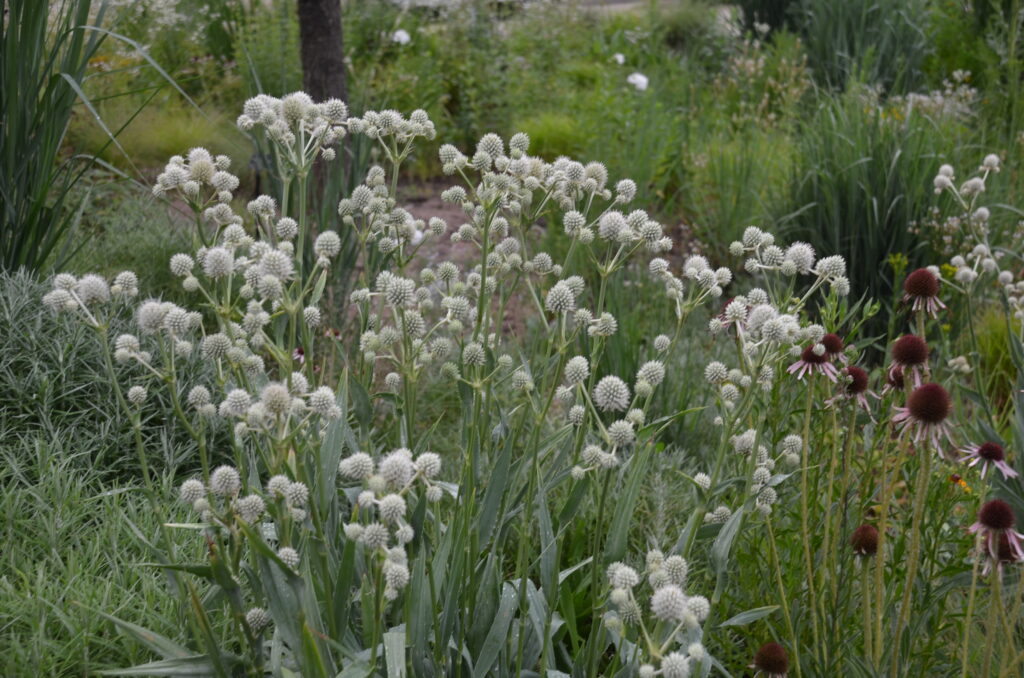
Leaves are mostly basal, long and sword-like with parallel veins and tapering to a sharp point, up to 2½ feet long and only 1-inch wide with a few smaller leaves ascending the stem. Leaf surfaces are waxy, the edges either smooth or commonly with widely spaced, fine spiny teeth. Stem leaves are stiff and typically wraps itself around the stem. Stems are hairless, blue-green, waxy, and ridged.
Seed propagation is your best option. Saved seed should be cold stratified at 40°F for two months and then sowed in spring. Established plants can be divided in late spring or fall. Plants do not transplant well. Likewise, deadhead spent flowers to avoid seed dispersal and self-sowing.
Extra: At Southeast Research and Extension Center in Lancaster County, Pennsylvania, rattlesnake master ranked in the top third of plants with the greatest total number of pollinator visits for both pollen and nectar. It is highly valuable bees, wasps, flies, butterflies, skippers, moths, beetles and other plant insects.
Other Eryngium spp. of garden interest: Oliver Sea Holly (E. x oliverianum) and Flat Sea Holly (E. planum ‘Blue Cap’).

